The Presentation of the Lord
The Presentation of the Lord
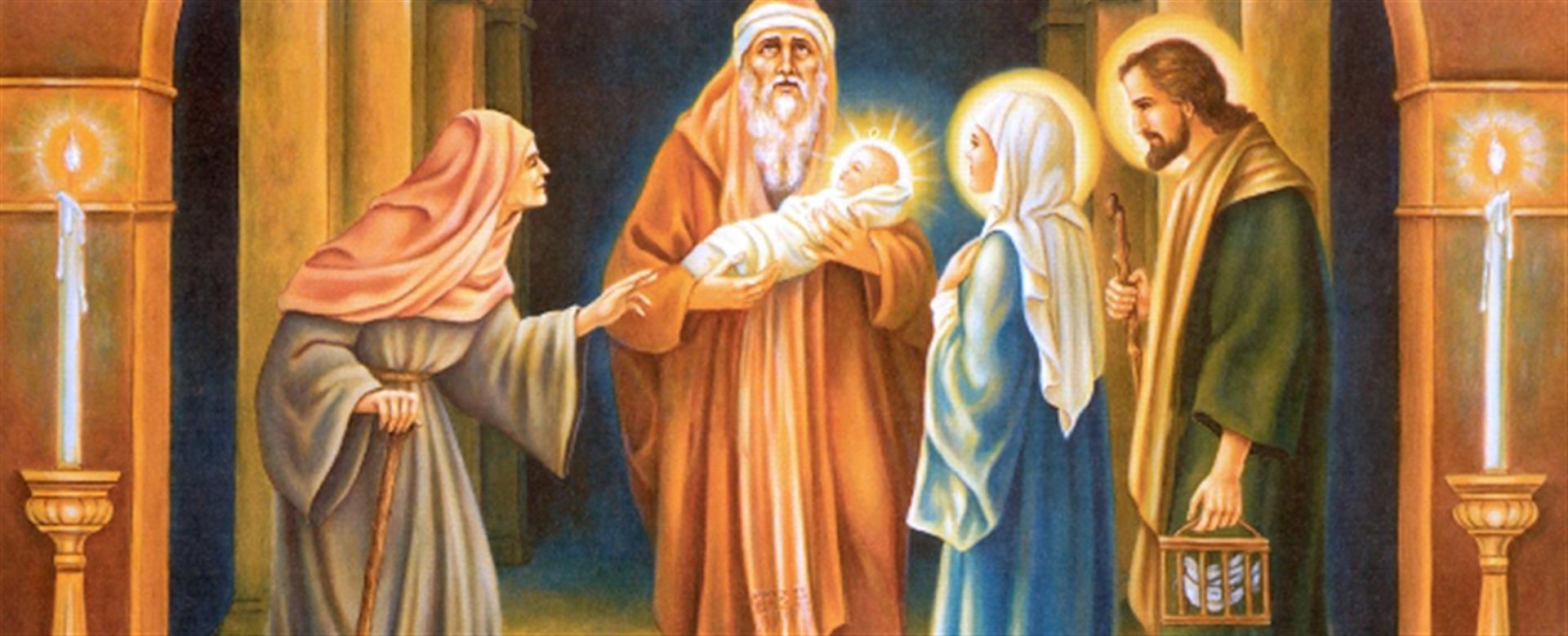
Readings:
Mal. 3:1-4; Ps. 24; Heb. 2:14-18; Lk. 2:22-32
St. Symeon’s Song - St. Mary’s Seminary Schola 2015
(Fr. Jim singing Bass)
“Now, Lord, you let your servant go in peace, your word has been fulfilled: my own eyes have seen the salvation which you have prepared in the sight of every people: a light to reveal you to the nations and the glory of your people Israel.” These words from today’s Gospel are referred to as Simeon’s Canticle. A canticle is a song or hymn taken from the Bible that gives praise to God. As I mentioned last week, the Canticle of Simeon is part of Night Prayer, which is sung every night as part of the Official Prayer of the Church, the Liturgy of the Hours. It has a beautiful tune and is the perfect way to close out the day. If you are as fond of these words as I am, I would like to suggest that you consider praying Night Prayer before bed. It takes about 10 minutes and provides an opportunity to reflect on the events of the day, give thanks to God, and place our lives into his loving arms before bed. There is an app available for mobile devices called iBreviary, which contains the entire Liturgy of the Hours. In fact, if you see me sitting in church staring at my phone, chances are I am praying using that app. A version of Night Prayer is also available in subscription services like the Magnificat, or you can just purchase a copy of Christian Prayer, which is a condensed version of the Liturgy of the Hours for those on the go.
Today, we celebrate the Feast of the Presentation of the Lord. This feast takes place exactly 40 days after Christmas, the birth of our Blessed Lord. As the Gospel of Luke tells us, “When the days were completed for their purification according to the law of Moses, Mary and Joseph took Jesus up to Jerusalem to present him to the Lord….” They did this because they were observing the Mosaic law, which says, “Every male that opens the womb shall be consecrated to the Lord.” Now, the reason for this ritual takes us all the way back to the Exodus, when during the Passover, God sent the angel of death to claim the lives of all the first-born sons throughout Egypt. The reason God did this was primarily so that they would know that he is the Lord, but also because Pharaoh had done it first to the Israelites as a way to suppress them. But, in order to convince Pharaoh, who’s heart was hardened against the Hebrew peoples and against the Lord, he sent his angel to claim all the firstborn males. But, to the Israelites, he commanded that they sacrifice a lamb and place the blood of the lamb on the doorposts so the angel would know to passover those homes. This blood was a sign of their life and their belonging to the One True God, who has heard their prayers. The blood was also a sign of all the life that had been lost due to Pharaoh’s oppression, the children who had been sacrificed. Lastly, the blood was a sign of the life that God was taking from the Egyptians for having participated in genocide.
After the angel of death had finished his task, Pharaoh let the Israelites go. And as they wandered the desert for forty years, God provided for their every need. He did so not only by giving them bread from heaven, water from the rock, and meat from quail, but by his Word. God gave the people the Commandments. And among those commandments was to keep the Passover on the 14th day of the month of Nisan, which is roughly April. In fact, in the old calendar, April was considered the first month because it occurs in the beginning of Spring. The reason people used to call out “April fools” was because the Gregorian calendar moved New Year’s Day to January 1st. Those people who continued to celebrate the New Year in April were often mocked because to everyone else the New Year had already begun. Now we look at it as a day to play pranks on people, but it still has deep Biblical roots for being the first month of the year. Nevertheless, as part of the perpetual memorial of the Passover, the Lord commanded the Israelites that they were to give their firstborn sons to him. In other words, they were to dedicate their firstborn sons to God. And since the child would be dedicated to God, they would need to pay a ransom to redeem him back from God. That ransom was a sacrifice, made according to the means of the parents. In the case of Mary and Joseph, two small birds, and indication that they were indeed of humble means.
The notion of sacrifice is often lost on us today. We have moved from an age of animal sacrifice to the unbloody sacrifice of the altar. The way animal sacrificed worked was by means of substitution and representation. The animal was a substitute for the people and it represented the intentions of those offering it. For instance, on the Day of Atonement, the animal was a whole burnt offering, all of it was burnt up and consumed on the altar. This was a type of offering in atonement for sins. Other types of sacrifices were made in thanksgiving to God or for ritual purification.
Jesus has transformed the Passover sacrifice to take on new meaning. Jesus has himself become the eternal sacrifice offered for all. That is what Simeon was referring to when he told Mary, “and you yourself a sword will pierce….” For she was to witness the fall and the rise of many, not just those who would fall away from sin and rise to new life in Christ, but also the fall and rise of her son Jesus, whose death and resurrection destroyed the power of death, and frees us who have been made slaves to death. And now, we see the Passover at work in Jesus, who comes to save us from sin and death and raise us up. He does so through his Word, his teaching, his forgiveness, his mercy, his love, but most of all through the Eucharist, which is the true sacrifice offered to God on our behalf.
May we embrace the sacrifice all the more today; may we embrace the freedom that Christ has given us; and may we sing, together with Simeon, that our eyes do in fact see the salvation which God has prepared in the sight of every people, a light to reveal him to the nations and the glory of all his people.
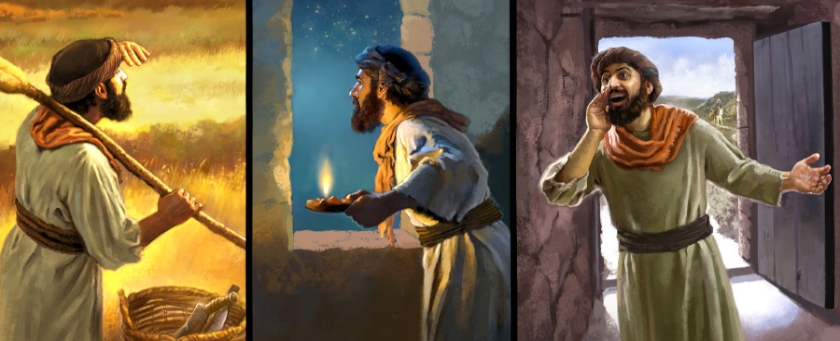
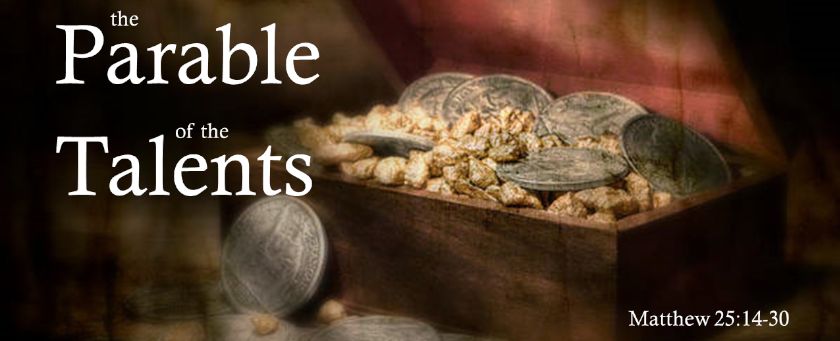
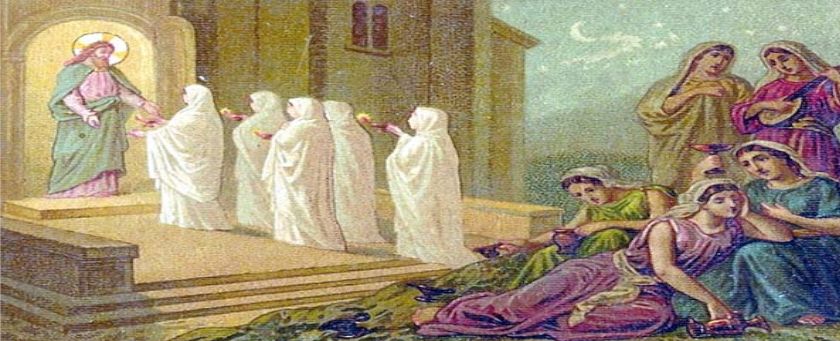

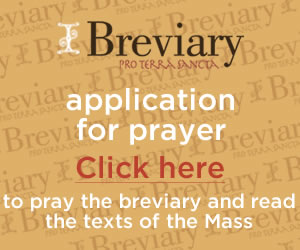
Share this post
Twitter
Facebook
Pinterest
Email